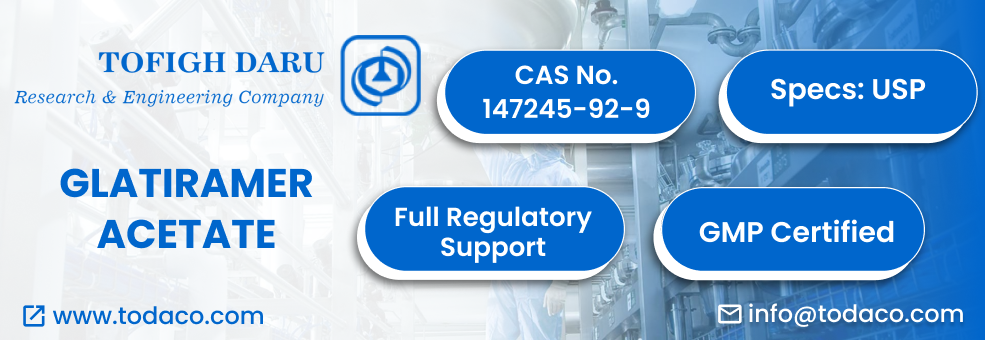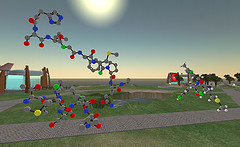Two blockbusters,
Otsuka’s
Abilify® (aripiprazole)
and Teva’s
Copaxone® (glatiramer
acetate), with combined sales of more than $10 billion in 2014 are going to
face severe generic competition this
year. Interestingly, both companies have turned to a new technology
platform, which uses deuterium chemistry analogs of old, off-patent drugs to secure their future profits.
A simple
swap of six hydrogens with deuterium in an existing drug, Xenazine® (tetrabenzaine),
resulted in an improved version of the drug, called deutetrabenzaine or SD-809.
This improved version breaks down more slowly in the body,
allowing physicians to give it less often and at lower doses.
The worth was established, when Teva paid $3.5
billion for the company Auspex, which developed SD-809.
SD-809 is
expected to be approved in 2016 for the potential treatment of chorea (abnormal
involuntary writhing movements), associated with central nervous system disorders like Huntington’s disease, tardive dyskinesia, and Tourette syndrome.
Now, while this may have sounded like complex chemistry, you’ll be surprised by the simplicity of the concept.
What is this deuterium
that replaced the hydrogen?
Deuterium is a non-radioactive,
stable and naturally occurring hydrogen isotope. The atomic mass of hydrogen is
approximately 1.0 atomic mass unit (AMU), while that of deuterium is
approximately 2.0 AMU. We all have 1-2g of deuterium in our bodies.
Why does a deuterium
swap make a difference?
Replacing some hydrogen atoms
with deuterium does not change the shape or electronic structure of the
molecule, but it can make a big difference in how it behaves.
The reason: chemical
bonds formed with deuterium are generally stronger
and longer-lasting than those with hydrogen. Stronger bonds allow for small
molecule drugs to resist to metabolic enzymes in the body that break down
weaker hydrogen bonds.
The result: the
drug is broken down slower in the body, stays longer and hence is not required
in high doses or as often. In addition, the deuterated drug is more
stable in the presence of other drugs,
resulting in reduced drug-drug interactions.
What did Teva &
Otsuka buy?
Teva: In addition
to Auspex’s lead compound, SD-809, Teva also procured other pipeline candidates, which include deuterated versions of levodopa for Parkinson’s disease and pirfenidone for idiopathic pulmonary fibrosis.
As Roche purchased InterMune® $8.3 billion last year needs to get changed to “As Roche purchase Intermune for $8.3 billion last year”
Otsuka’s $3.5 billion acquisition of Avanir Pharmaceuticals involved
a pipeline of products, which are combinations of common, cough syrup ingredient, dextromethorphan with an old-heart drug, quinidine.
The promise of deuterated dextromethorphan for Alzheimer’s disease (Avanir compound AVR-786) was a key driver for Otsuka to purchase Avanir.
The challenges and
opportunities
It can be difficult and not always clear to figure
out where exactly to swap the deuterium for maximum effect.
Legally, a deuterated compound is only considered a new drug if there is sufficient difference in the “active moiety” structure because initially the FDA had considered tetrabenzaine and
deutetrabenzaine (SD-809) to be the same drug!
However, deuterium chemistry, while simple, requires specialization, which serves as an opportunity for chemical companies to consider developing.
With almost $7 billion in acquisitions in under 6
months, deuterium chemistry does deserve attention.
Impressions: 4754














